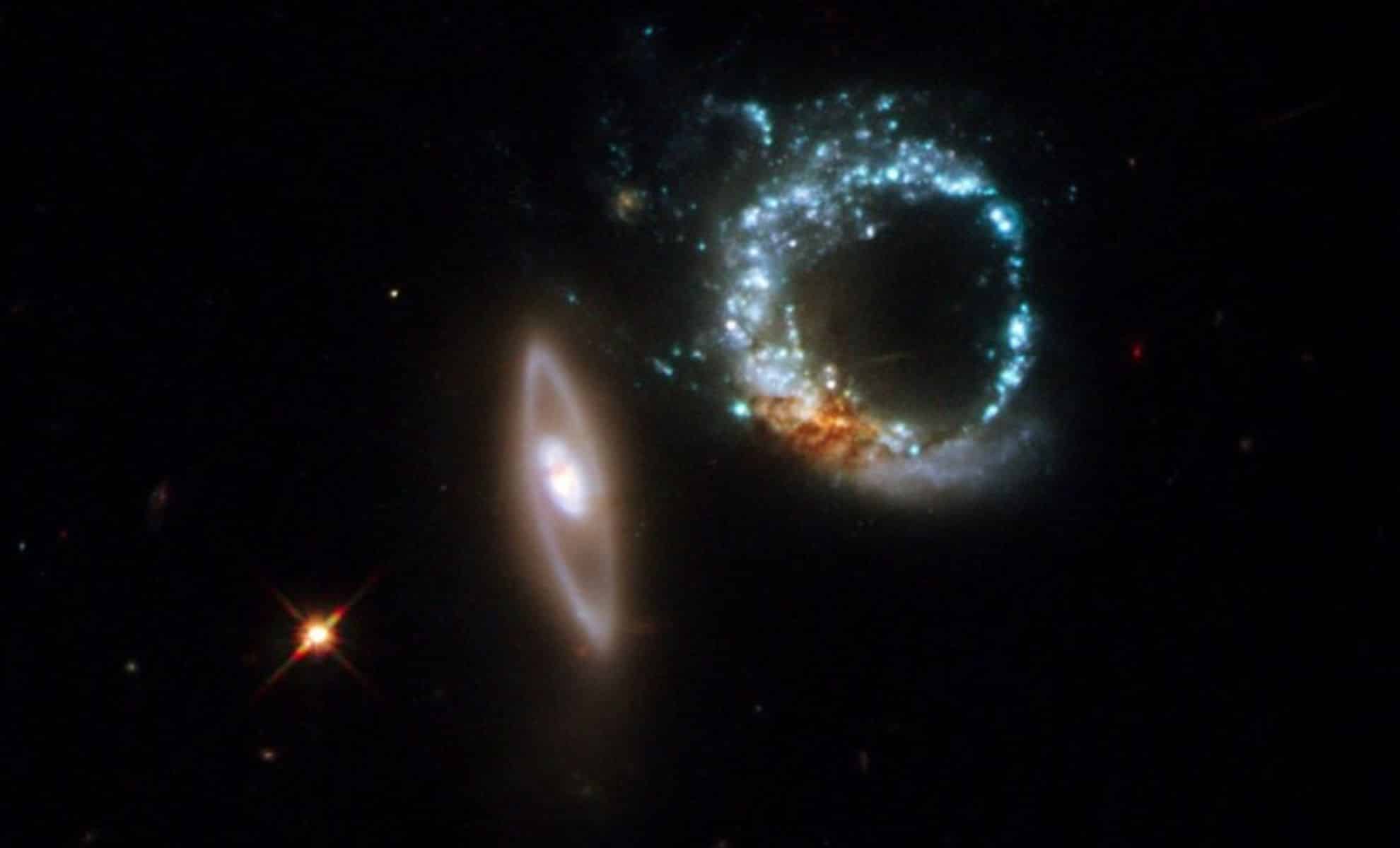NASA is preparing to launch an innovative artificial star into space, a mission designed to improve the accuracy of astronomical measurements.
This groundbreaking project, named Landolt’s missioninvolves the deployment of a mini-satellite equipped with lasers that will mimic the light of stars and other celestial objects, offering astronomers a new tool to calibrate their instruments with unprecedented precision.
NASA’s Landolt mission and its goals
The Landolt’s missionnamed in honor of the late astronomer Arlo Landoltwhich has been known for creating influential catalogs of stellar brightness, is scheduled to launch in 2029. The mission features a toaster-sized device equipped with eight lasers designed to emit light at the known speed of photons.
This artificial star will orbit the Earth from an altitude of 22,236 miles and will move at the same speed as the Earth’s rotation, so it will appear stationary in the night sky. This stationary position makes it an easy and reliable target for ground-based telescopes.
The mission’s primary goal is to improve the accuracy of stellar brightness measurements, a critical factor in understanding various cosmic phenomena. As Tyler Richey-Yowell, a postdoctoral fellow at Lowell Observatory, explains, “It’s really new for us to have an artificial star up there that we can rely on and use.” This level of accuracy is difficult to achieve for natural stars because their exact light emission is unknown and the Earth’s atmosphere absorbs and distorts some of their light.
Improving the accuracy of astronomical measurements
One of the mission’s key goals is to significantly improve the telescope’s calibration. By using consistent and well-defined brightness levels of an artificial star, astronomers can eliminate much of the guesswork involved in current calibration methods. Jamie Tayarassistant professor of astronomy at the University of Florida, emphasized the importance of the mission, saying, “Much of our understanding of the universe depends on our ability to measure the brightness of celestial objects.”
The artificial star will help astronomers measure the light emitted by stars with up to ten times more precision than current methods. This increased accuracy will allow for more accurate assessments of stellar properties such as size, magnitude, and age. Tayar noted, “For each star, you need to know exactly how much energy is coming from the star and exactly how far away the planet is, and so on,” underscoring the mission’s potential to advance our understanding of exoplanets and their habitability.
The wider implications of NASA’s ‘artificial star’ for astronomy
The Landolt’s mission it is expected to have far-reaching implications for various fields of astronomy. By providing a reliable calibration source, it will aid in the study of phenomena from nearby stars on distant supernovae. It could also help solve one of the biggest challenges in cosmology: accurately determining the rate at which the universe is expanding. Current methods provide slightly different values, and this mission could provide the data needed to resolve these discrepancies.
Understanding the rate of expansion is key to the study dark energy, a mysterious force believed to be driving the accelerated expansion of the universe. Data from the Landolt mission could help astronomers better understand this force and its implications for the future of the universe.
Tyler Richey-Yowell summed up the mission’s potential impact by saying, “So really anything from tiny, tiny planets to the entire universe depends on our understanding of stars and how bright they are and what kind of light they emit. I really think it’s going to be revolutionary for astronomy.”
The Landolt’s mission represents a major advance in astronomical research and provides a new tool for increasing the accuracy of star measurements. As the mission progresses, it promises to offer insights that could change our understanding of the universe, from the smallest exoplanets to the vast expanses of space.
